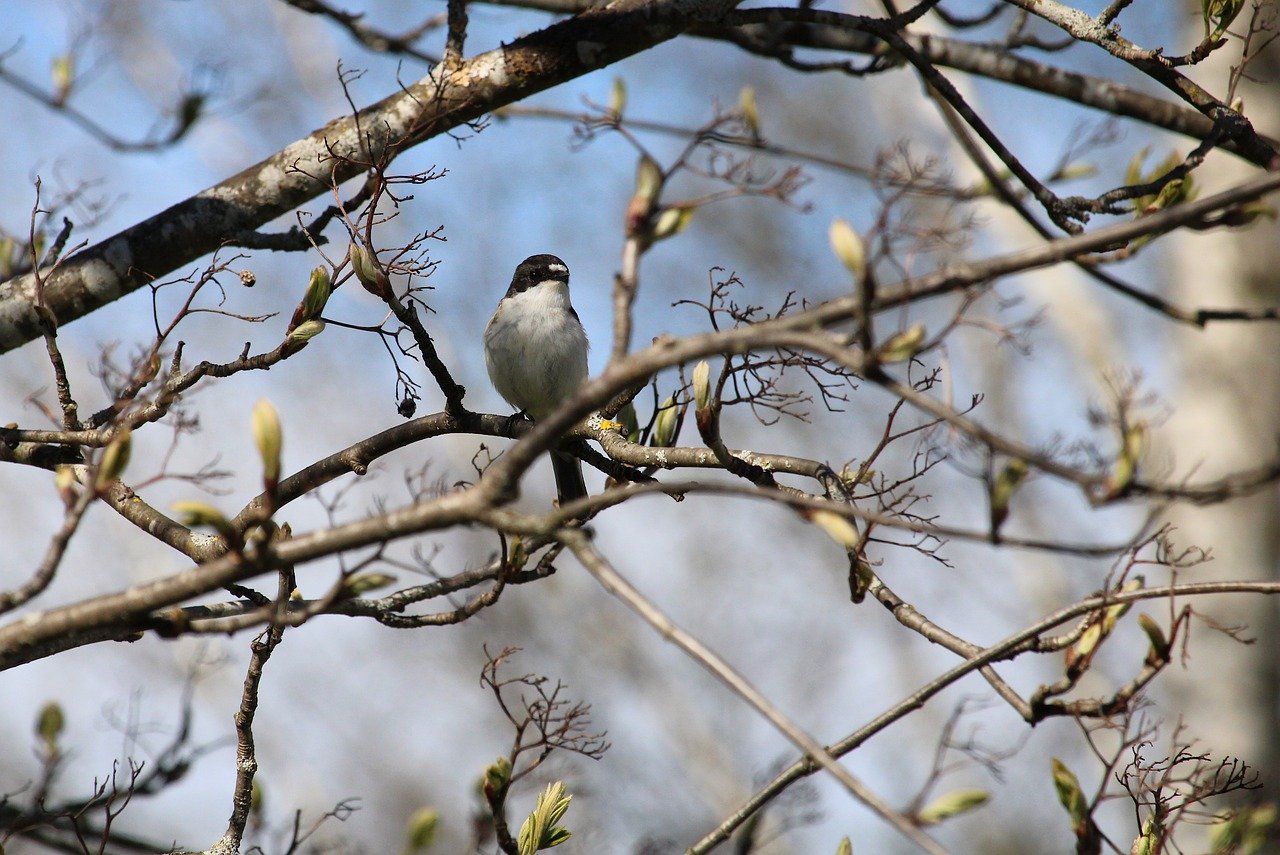Skillnader i biotopkvalitet mellan planteringar av contortatall och vanlig tall mätt som häckningsframgång hos svartvit flugsnappare
DOI:
https://doi.org/10.34080/os.v3.23044Nyckelord:
holk, häckningsbiologi, botäthet, val av boplats, kullstorlekAbstract
The breeding density and reproductive performance of Pied Flycatchers Ficedula hypoleuca inhabiting nest boxes were studied in ca. 20 year-old plantations in Sweden of two pine species: the native Scots Pine Pinus sylvestris and the introduced North American Lodgepole Pine P. contorta. The analyses are based on data from 35 nest boxes placed within each of three Scots Pine and three Lodgepole Pine plantations. The plantations were distributed pairwise at each of three different sites. During the 4 year study (1989—1992), a total of 126 and 107 clutches were found in Scots and Lodgepole plantations, respectively. There was no significant difference in number of breeding pairs between the two types of pine plantations. However, reproductive success, as regards number of nestlings, tended to be higher in Scots than Lodgepole Pine habitats, and clutch size was significantly larger in Scots Pine plantations. Flycatcher food abundance in the trees was indexed by measuring insect larval droppings under pines during the nestling period in 1989. There were no significant differences in number of droppings between the habitat types. Although the Pied Flycatcher clutch size was higher in the Scots Pine habitats, it did not result in a higher number or weight of nestlings. Our results indicate that this was due to a high within habitat and between-site variation in flycatcher breeding success. The reasons for these variations are discussed.
Nedladdningar

Downloads
Publicerad
Referera så här
Nummer
Sektion
Licens
Författaren/författarna innehar copyright för varje enskilt bidrag, men samtliga bidrag är publicerade under en Creative Commons-licens, så att vem som helst kan dela och återanvända bidraget förutsatt att copyright-innehavaren erkänns.







